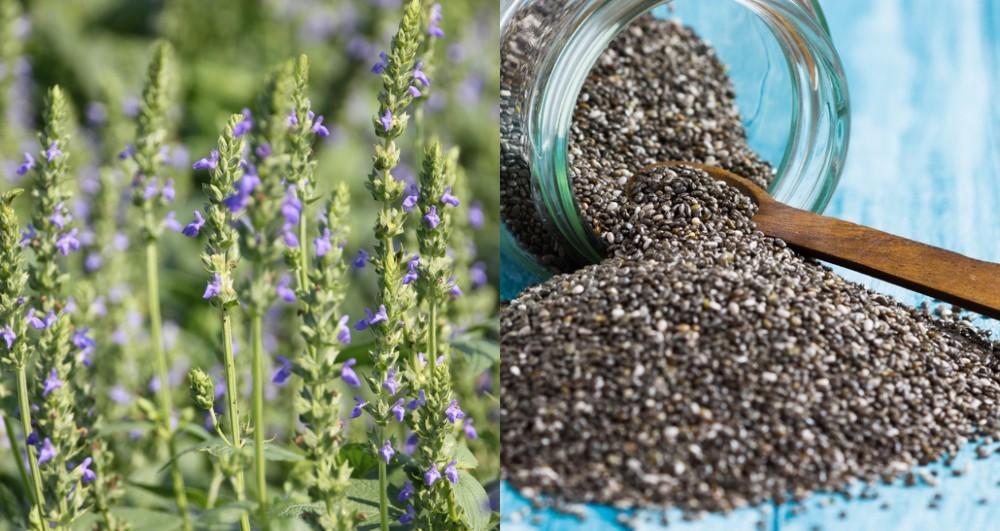
Chia seeds are considered to be among the world’s healthiest foods. Beyond a steady source of seeds, there are plenty of reasons to include a chia plant or two in your herbal garden.
Read on to learn how to grow this superfood and the many ways you can use the entire plant.
About the Chia Plant
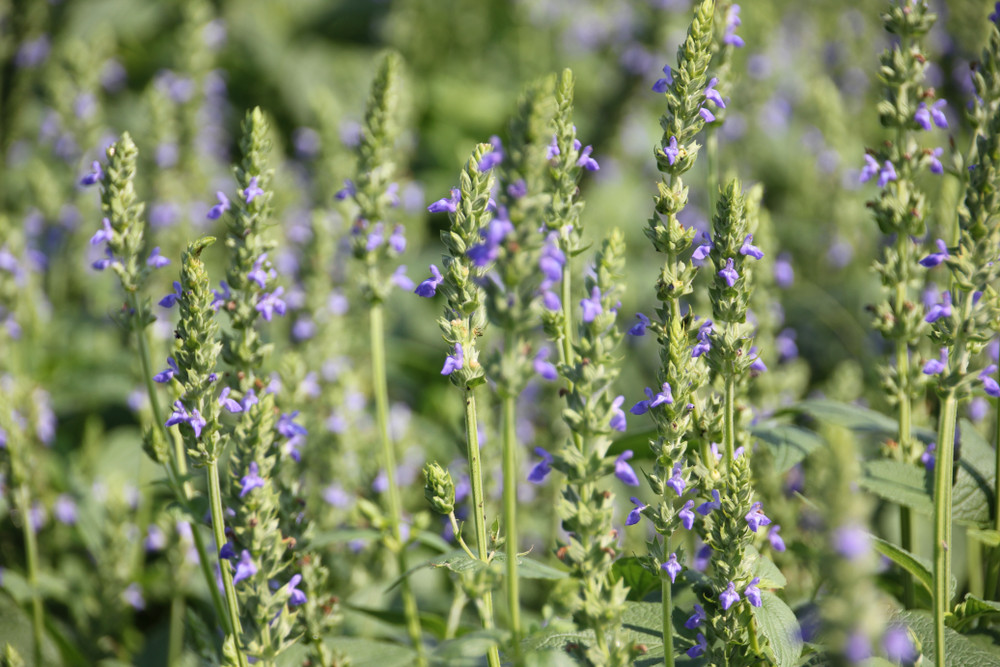
A member of the sage and mint families, chia plants can grow to a height of nearly six feet tall, with opposite arranged lime green serrate leaves. When in bloom, it bears lovely spikes of blue, purple, or white flowers. These small flowers each produce a seed head of tiny white-black seeds.
Chia is hardy in USDA zones 9 to 12, which provide the ideal growing conditions for this plant. Because chia is a short-day plant (requiring longer nights to produce flowers and seeds), those residing in northern regions can cover plants for at least 12 hours a day in late summer to force blooms prior to the first frost.
To grow chia, use only organic sprouting chia seeds like these ones.
How to Grow Chia
Chia is a fast growing plant that is naturally resistant to heat, drought, disease, and pests. Needing little by way of fertilization, they are very low-maintenance, are self-pollinating and self- sowing, and are great for crowding out weeds.
Light Requirements – Chia thrives in full sun. When selecting a site for planting, choose a spot that receives 6 to 8 hours of direct sunlight.
Soil – Chia prefers loose, well-draining, light to medium clay or sandy soils. Prepare the bed by tilling the top 8 inches of soil.
Watering – Irrigate young plants daily until well established. Mature plants are tolerant of dry periods and need only occasional watering when rainfall is low.
Fertilizer – When first prepping the garden bed, amend soil with compost or other organic matter like alfalfa. After this initial boost of nutrients, chia shouldn’t need any extra fertilization.
Sowing – Broadcast seeds over the garden bed after the risk of frost has passed. They do not need to be buried, just gently pat them into the soil. Thin them as they grow. To protect seeds from foraging birds, chia can be germinated indoors under a humidity tent and planted in the ground when they are at least 3 inches tall.
Spacing – If growing chia as an annual, space plants 12 inches apart. If growing chia as a perennial, allow 18 to 24 inches of space between plants to give them room to spread.
5 Ways To Use The Entire Chia Plant
1. Chia Seeds
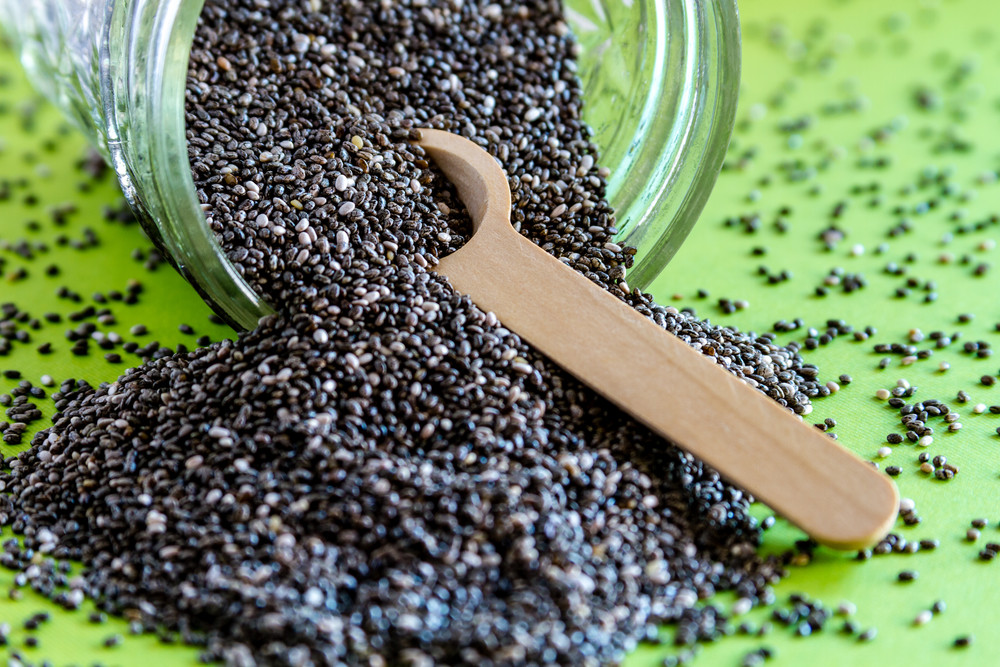
Chia seeds are certainly a superfood that have loads of nutrition. Per ounce (about two tablespoons), chia seeds are 137 calories and are an excellent source of fiber, protein, omega-3 fatty acids, phosphorous, manganese, and calcium.
They also contain a good range of minerals like zinc, iron, potassium, niacin, thiamine, and vitamin E. The fatty acid profile of chia seeds includes antioxidants like kaempferol, quercetin, and caffeic acid.
Chia seeds can be munched on raw – the saliva in your mouth will make them swell and soften before traveling to your stomach.
They can otherwise be pre-soaked or grinded up to be incorporated into many kinds of food and drink. Check out our roundup of tasty chia seed recipes here.
To harvest seeds, wait until most of the flower petals have dropped but before the spike turns brown. Dry cut spikes in a paper bag or drying rack and allow air to circulate. Crush dried flower heads on a flat surface to separate the seeds and use a sifter to remove any plant debris.
Store seeds in an airtight container with a desiccant pack to prolong shelf life. Be sure to set some seeds aside to plant the following spring.
2. Chia Oil
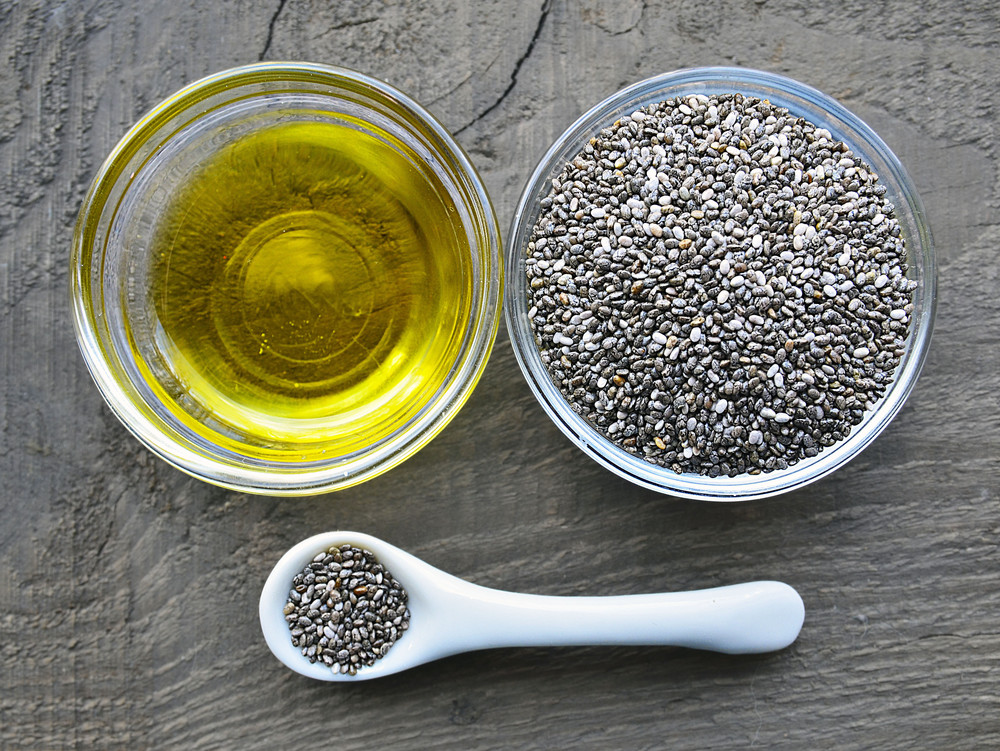
Like chia seeds, chia oil contains numerous beneficial compounds that are a boon for healthy skin and hair.
Thanks to its vitamin E, omega fatty acids, proteins, magnesium, and antioxidant properties, chia oil helps soothe, moisturize, and heal the skin. It has an anti-inflammatory and anti-aging effect on the dermis, helps boost collagen production, and provides some protection from the sun’s UV rays.
For hair, it strengthens the follicle from root to tip, promotes faster and thicker hair growth, and can help repair dry and damaged tresses.
If you are interested in making your own botanical oils, purchasing an expeller press is well worth the investment. Or, if you have a hand grinder, chia seeds can be milled into a paste; use a cloth to squeeze oils from this seed mash into a clean jar and let it settle for a few days.
3. Chia Sprouts
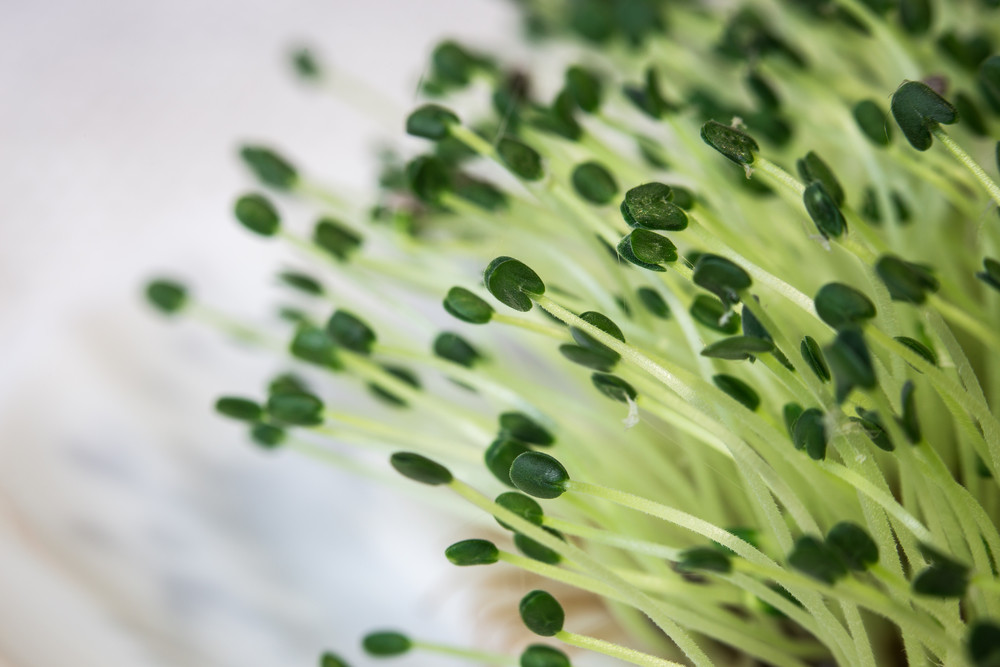
Microgreens are very immature plants that can be grown and consumed in as little as two weeks. Though small in stature, microgreens tend to be intense in flavor and are much more nutrient-dense than their mature counterparts.
Chia seeds lend themselves well to sprouting – in fact, the hair or fur of Chia Pets are simply chia sprouts. Chia sprouts add a bit of tanginess to any dish, sprinkle them raw over salads, soups, sandwiches, and appetizers.
To sprout chia seeds, soak a clean terracotta saucer in water for several minutes before sprinkling about one tablespoon of chia seeds over the surface. Place the terracotta dish into a larger bowl and add a bit of water to keep the terracotta moist. Lightly spritz the seeds with water but be sure to drain off any standing water or else the seeds will turn to gel. Cover with a plate or plastic wrap and set it in a dark spot.
Seeds should sprout in 4 to 7 days. Once sprouted, move them to a sunnier spot to green them up.
4. Chia Leaves
The foliage of the chia plant is entirely edible too. Analysis of the nutrient properties of chia leaves found that it contains several flavonoids, including two uncommon antioxidants – acetyl vitexin and acetyl orientin.
Very mild in flavor, fresh chia leaves can be used as a salad bedding, in stir fries, and in green smoothies. Raw or dried chia leaves steeped in hot water and sweetened with honey makes a fantastic therapeutic tea, traditionally used to relieve pain, fever, and sore throats. Add a few drops of lemon juice to give it more zing.
5. Chia Mulch
Once you’ve harvested the seeds and leaves from the chia plant, the leftover stems and stalks can be chopped up as mulch to improve the fertility of your garden soil.
Apply chia mulch at a depth of at least one inch to your soil in autumn once you’ve cleared the garden beds. As they decompose, they will add minerals and other nutrients to the earth that will boost growth for the following season.
Essential oils found in the leaves and stems of chia plants also provide a natural defense against whitefly and other insects, as well as fungi and disease-causing bacteria.
